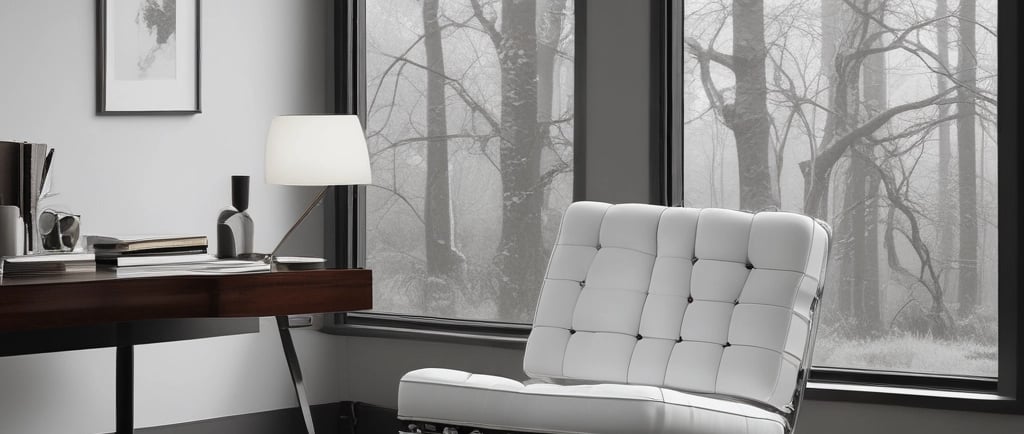Why Bauhaus Still Speaks
Signet & Sage
8/3/20252 min read


“Have nothing in your house that you do not know to be useful, or believe to be beautiful.”— William Morris
“Good design is as little design as possible.”— Dieter Rams
Two centuries. Two voices. One truth.
They are separated by eras, yet unified by an ethic —
that objects, spaces, and lives should be built with purpose and grace.
And nowhere did this idea express itself more radically,
more beautifully, than at the Bauhaus.
⸻
What Was Bauhaus?
Founded in 1919 by architect Walter Gropius in Weimar, Germany,
Bauhaus was more than a design school.
It was a revolution.
In the chaos following World War I, it offered an idea:
That beauty and function were not opposites.
That a chair, a home, a cup —
even a city —
could be both useful and elegant.
The Bauhaus rejected clutter, excess,
decoration-for-decoration’s-sake.
Instead, it championed clarity, balance, material honesty.
Steel. Wood. Glass.
Lines that spoke clearly.
Spaces that breathed.
⸻
Why It Still Matters — Especially Now
You do not have to live in a Le Corbusier villa to live with Bauhaus values.
In fact, being over 60,
we may be in the perfect position to embrace them.
Why?
Because we have begun the process of refinement.
Of removing what is no longer needed.
Of choosing what endures.
Bauhaus design is not about austerity —
it’s about intention.
Every object, every decision, earns its place.
Whether it’s a single chair,
a black mechanical pencil,
or the curved fender of a 1960s Mercedes,
you begin to appreciate the strength of restraint.
⸻
A Few Objects That Whisper “Bauhaus”
A single steel lamp, cool to the touch.
• A Mid-Century sideboard with clean lines and dovetail joints.
• A well-worn watch — legible, unfussy, timeless.
• The click of a Rotring Rapid Pro pencil in your hand.
These objects don’t try to be more than they are.
And in that restraint, they offer dignity.
⸻
Bauhaus, Age, and the Second Half of Life
The first half of life is about acquisition.
The second half is about discernment.
And this is where the Bauhaus becomes a kind of philosophy.
You begin to strip away:
• The noise in your wardrobe.
• The clutter on your shelves.
• The apps on your phone.
• The unnecessary in your days.
And what’s left?
Clarity. Calm. Function. Stillness.
Bauhaus isn’t just a look.
It’s a way of deciding what matters.
⸻
Why This Matters
Because we are surrounded by the noisy, the cheap, the disposable.
And Bauhaus reminds us — still —
that we are allowed to choose differently.
To select fewer, finer things.
To shape our surroundings with clarity and care.
It’s not nostalgia.
It’s memory and meaning, made visible.
⸻
Written at a steel desk, beside a Bauhaus reproduction lamp, with silence and sunlight in equal measure.

CONTACT US
hello&signetandsage.com
Powered by Zyro.com
